When most people think of the future they think of the evolution of technology, but are eating patterns and dining experiences changing too? As technology advances so is the food industry, according to a study done by Ipsos. Their research found that in North America the average consumer is more likely to prioritize their health even if it requires spending more money on food of higher quality.
This has certainly grabbed the attention of large corporations in food retail like Coco-Cola and McDonald’s. In an era where we can access an endless amount of information and communicate at the drop of a dime, convenience is a rising factor that has the restaurant industry and McDonald’s President Chris Kempczinski at the edge of his seat.
An interesting finding of the research was that most consumers wouldn’t need a restaurant to have a traditional brick and mortar location to be enticed to order food from them. According to the Ipsos study, 77 percent of consumers would order their food from a generic kitchen as opposed to big brands in food service, if it meant more fast and convenient service. However, Kempczinski has hopes that McDonald’s fast and efficient service will be a strength in the ever-changing food market.
“With the growth of Amazon and the development of digital and mobile, the customer’s expectation of convenience is evolving,” said Kempczinski. “Delivery is probably the most obvious manifestation of that because delivery is not particularly quick. On average [our delivery is] about 26 minutes through UberEats, but it is short, convenient, and you don’t have to leave your house.”
He further discusses his analysis on the evolution of American consumer eating habits and McDonald’s strategy to transcend it. According to him, there is a significant decline in the number of consumers eating three distinct meals each day – this can be attributed to the fact that Americans are far too busy to sit down to a meal, instead gravitating towards meals broken up into snacks throughout the day.
With consumers’ time being scarce due to busier schedules, delivery through smartphone apps will help McDonald’s stay relevant and reliable to their consumer base. Kempczinski further envisions the future being targeted at convenience with drones and other automated gadgets being of use for delivery services.
Partnerships are another big factor for Kempczinski; he states that the future of food will need reliable infrastructure between food companies and delivery services since he predicts millennials are more likely to spend their leisure time at home instead of dining out thanks to the limitless streaming services of online videos, as well as the lack of people contributing time and effort into cooking.
According to the Ipso survey another 77 percent of consumers would be willing to order from a digital food service through an app, heightening the future of online restaurants via smartphone or computer. Kempczinski believes this will create a new opportunity for marketing strategies in restaurants, leading their branding to be focused on customer services online, and advancing their IT experience.
To Kempzinski, the family dining experience will never disappear, but there will be different ways to experience it, including ordering food online to get it delivered to the home, or going to the restaurant itself.
“For us, the word convenience is becoming a bit more ambiguous or situationally dependent, depending on the sort of customer and what their need is at that occasion,” he said.
McDonald’s isn’t the only major company in the food and beverage space adapting to the change. Rover Long, the Chief Innovations Officer at Coca-Cola is looking for a new game plan to revamp their sugary beverages.
Coca-Cola’s strategy to keep up with the global trend of decreasing soda sales is to reformulate their beverages by adding less sugar and promoting their products that already contain zero percent sugar, such as Coco-Cola Zero and more.
Rover Long has suggested multiple strategies for Coca-Cola to gain consumer favor, including through advertising their products with reduced sugar content, through prominent labeling, and even going to the extent of reducing the price of these products.
His analysis on how he sees the consumption of sugary beverages changing in the next 10 years is by consumers having more control of their own intake and customized flavors.
“We will see a lot more choice of products with different kinds of sweeteners and amount of sweetness,” said Long. “But I also see people being able to choose and customize their products with sweeteners of their preference sort of like we do today with coffee when we have a choice of white pack, the pink pack, the yellow pack and the green pack. “
He further states that Coca-Cola will explore the use of natural sweeteners or non-sugar sweeteners derived from plants like monk fruit and agave. Although this is costly, he thinks the global trend of reduced sugar content will put these products in high demand, thereby influencing supply chains to make these additives more affordable for manufacturers.
Another element he discusses is biotechnology, which he thinks will play a key role in engineering plants which produce natural flavors and sweeteners that are less expensive than currently-available varieties.
The future of food is all about experimenting, and with a health-conscious consumer base, innovative strategies to meet these needs will most definitely be a reoccurring theme in the food industry.


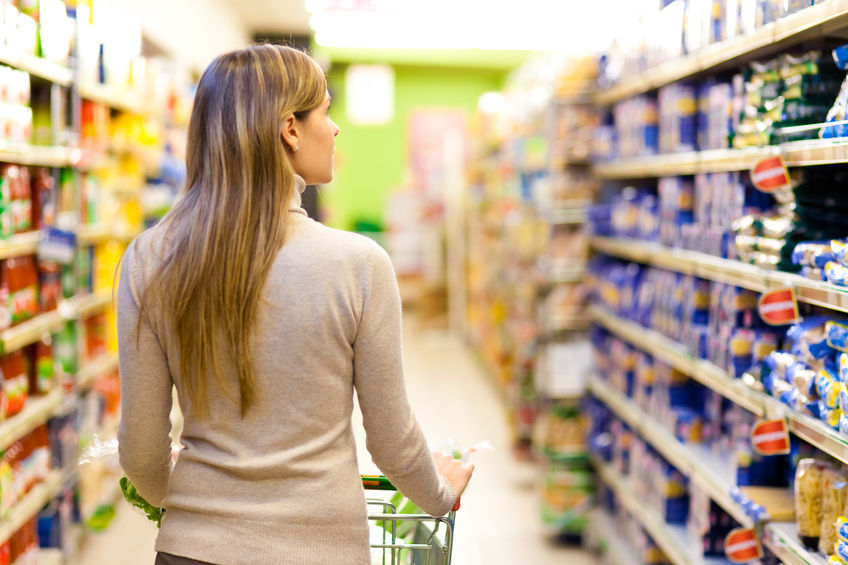
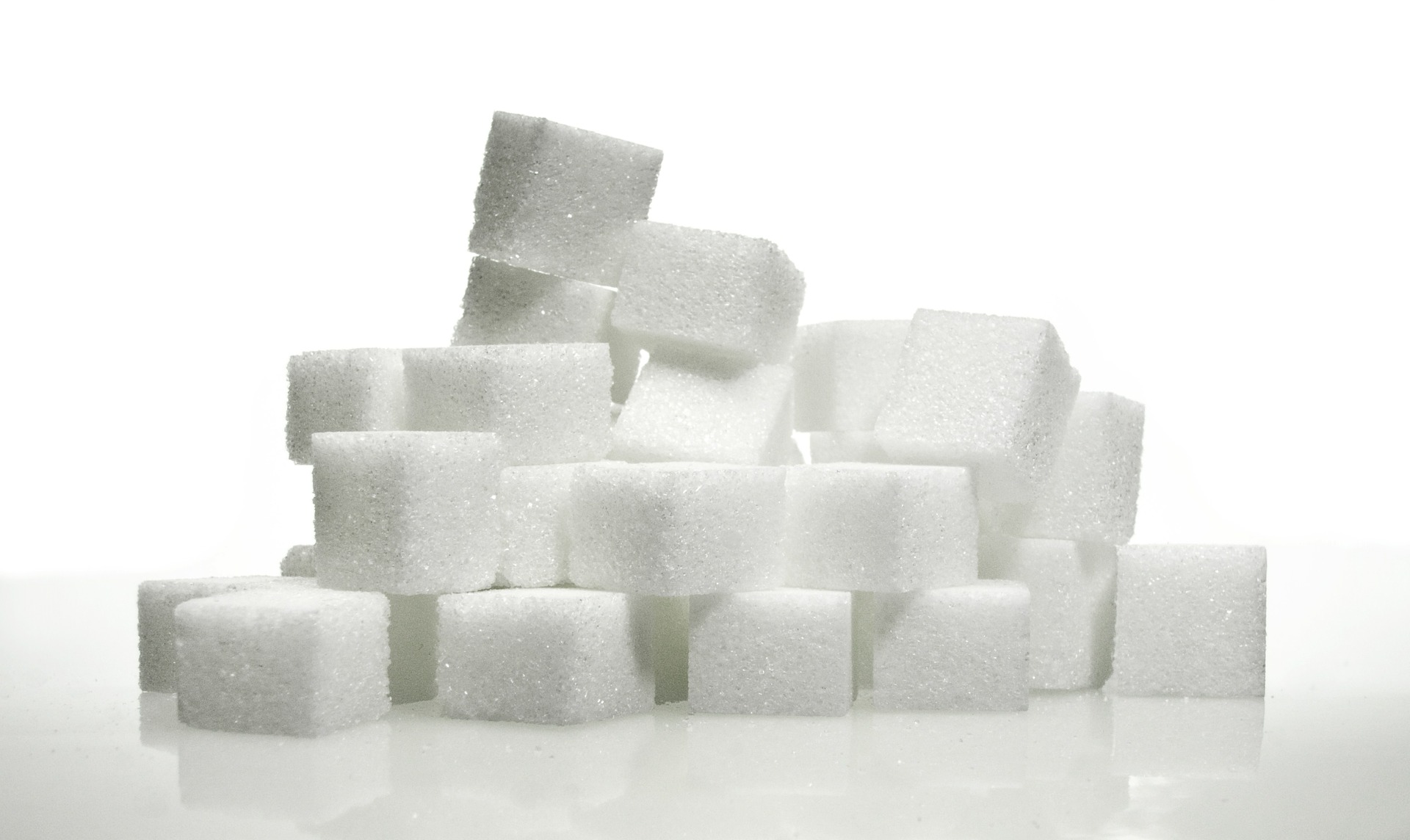
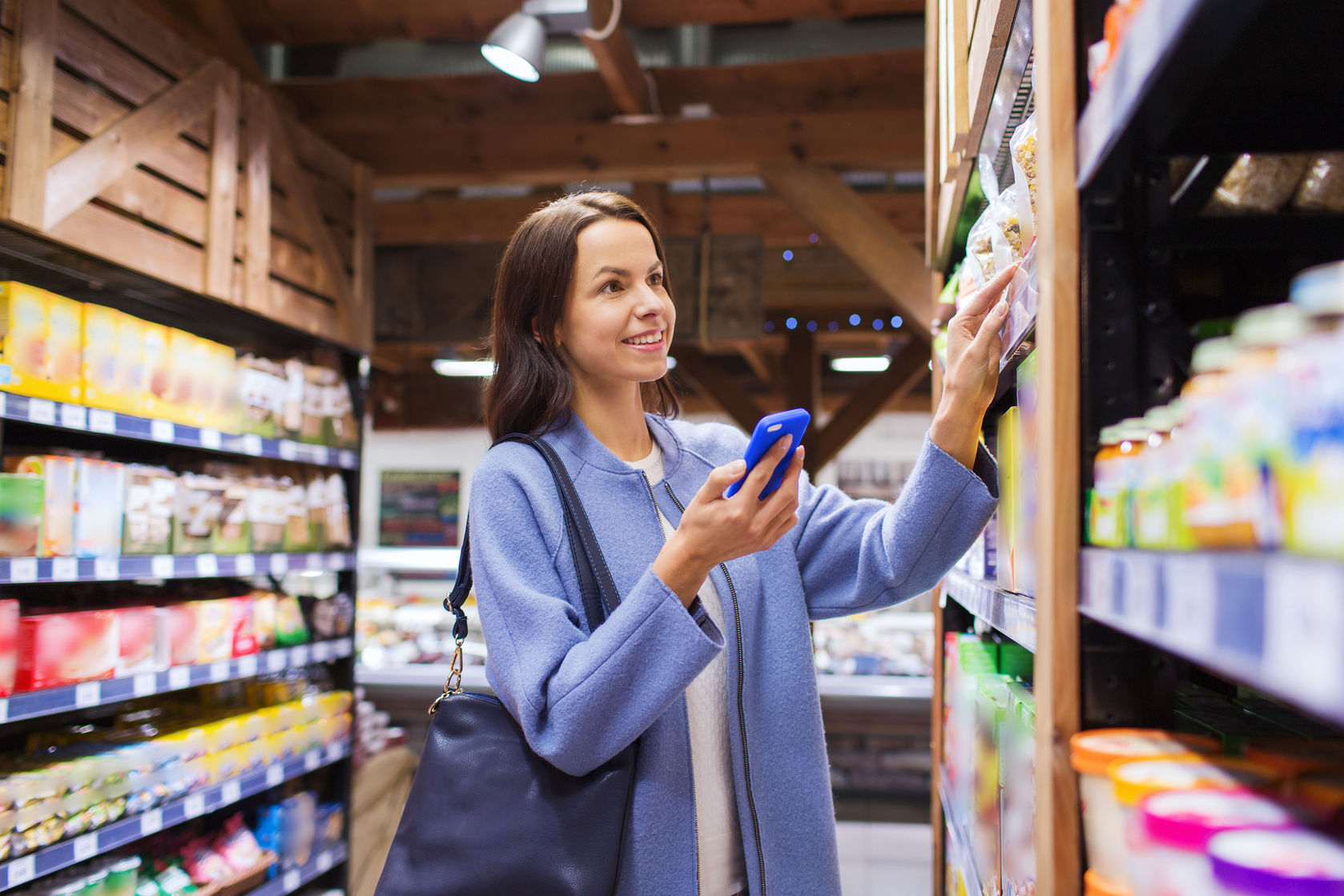
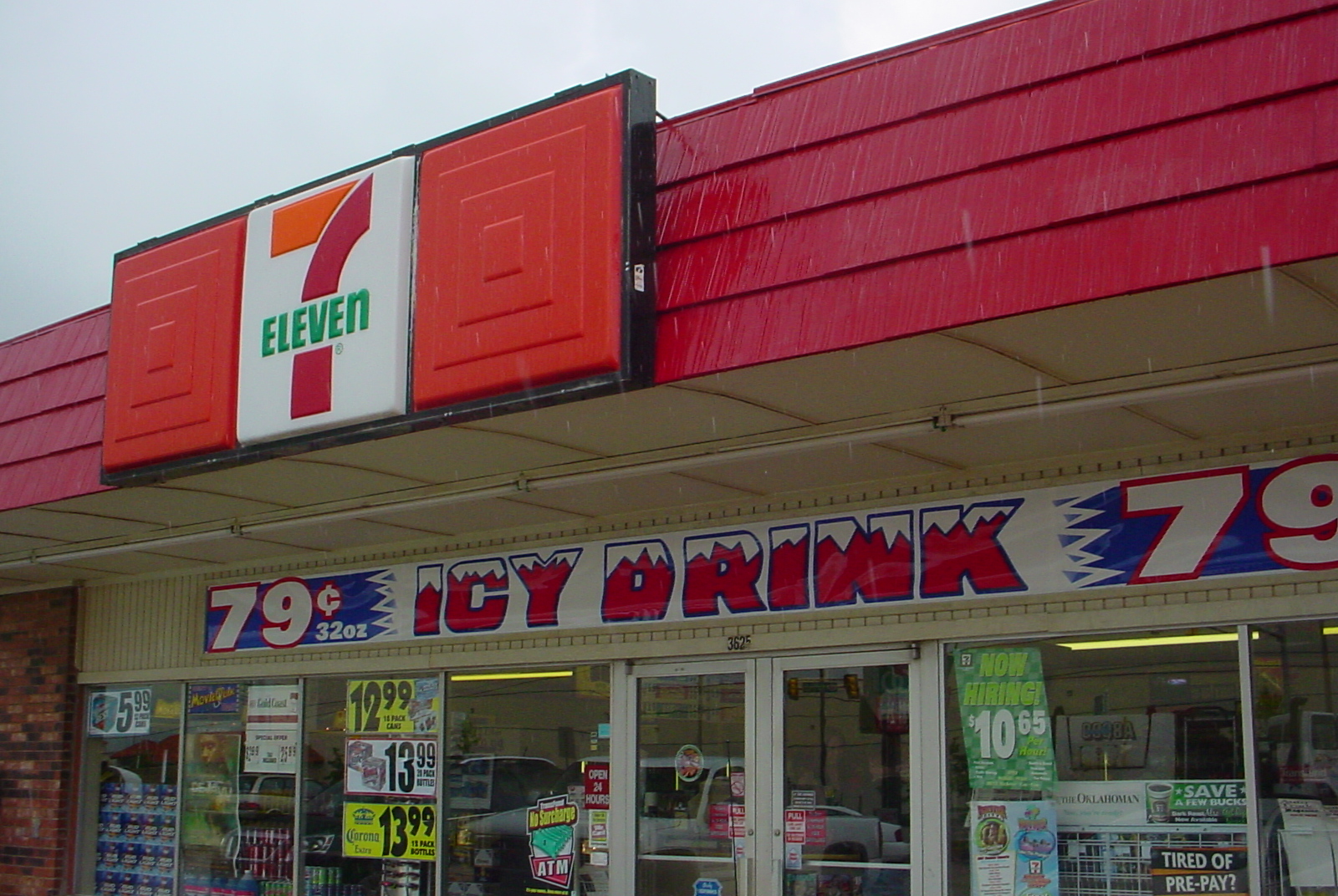
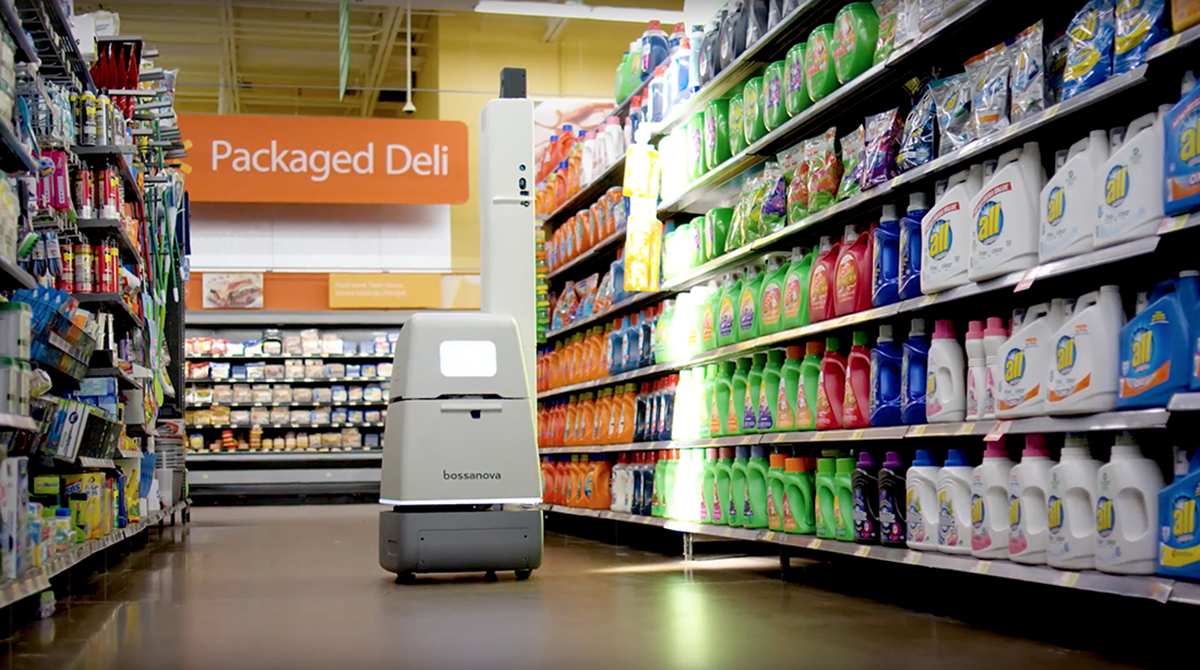





Join or login to leave a comment
JOIN LOGIN